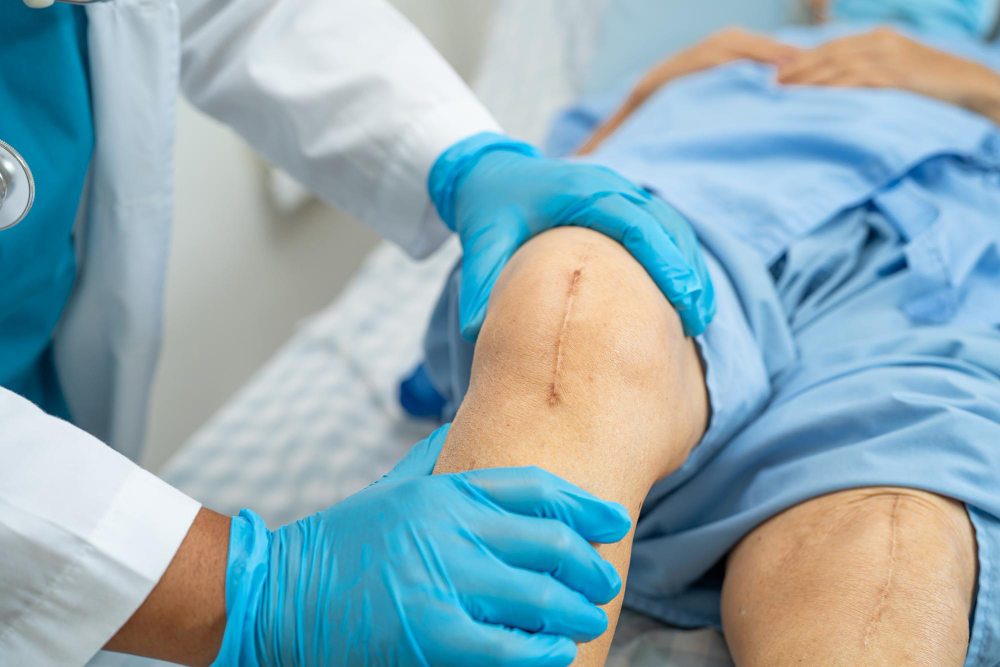Minimally invasive orthopedic surgeries are changing the way doctors treat bone and joint problems. These advanced procedures use small cuts and special tools. As a result, they help patients heal faster and with less pain. More people now choose minimally invasive orthopedic surgeries because they want quicker recovery and better results. In this blog, you will learn what these surgeries are, their benefits, and how to care for yourself after surgery.
What Are Minimally Invasive Orthopedic Surgeries?
Minimally invasive orthopedic surgeries use tiny cuts instead of large openings. Surgeons use thin tools and cameras to see inside the body. Because of this, they can fix bones, joints, or tissues with less damage to healthy areas. In contrast, traditional surgeries need bigger cuts and often take longer to heal. With minimally invasive techniques, patients usually feel less pain and return to normal life sooner.
Common Types and Procedures
There are several types of minimally invasive orthopedic surgeries. Each one helps treat different bone or joint problems. Here are some common procedures:
These procedures are now common in many hospitals and clinics. They use the latest technology to help patients heal better.
Benefits of Minimally Invasive Techniques
Minimally invasive orthopedic surgeries offer many advantages. Because of these benefits, more people are choosing them over traditional surgery. Some key benefits include:
For example, many patients can walk the same day after minimally invasive joint replacement. This quick recovery helps people get back to work and family life sooner. According to the American Academy of Orthopaedic Surgeons, these techniques are safe and effective for many patients.
Risks and Considerations
Even though minimally invasive surgeries are safe, there are some risks. Not everyone is a good candidate for these procedures. Some possible risks include:
Sometimes, people with severe joint damage or certain health issues may need traditional surgery instead. Therefore, it is important to talk to your doctor about your options. Your surgeon will help decide which method is best for you.
Recovery and Aftercare
Recovery from minimally invasive orthopedic surgery is often quicker than with traditional surgery. Most people can go home the same day or after a short hospital stay. Here are some tips for a smooth recovery:
Usually, you can return to light activities within a few days or weeks. However, full recovery may take several weeks, depending on the procedure. Always ask your doctor before resuming sports or heavy work.
Prevention and Maintaining Joint Health
While minimally invasive orthopedic surgeries can help, it is better to prevent joint problems when possible. Here are some ways to keep your bones and joints healthy:
By taking care of your joints, you can lower your risk of injuries and surgeries in the future.
Minimally invasive orthopedic surgeries provide benefits like reduced pain, smaller scars, and faster recovery. At Apollo Reach Hospitals, our orthopedic specialists evaluate each patient to determine the best surgical approach.
Consult our orthopedic experts at Apollo Reach Hospitals to see if minimally invasive surgery is right for you!

